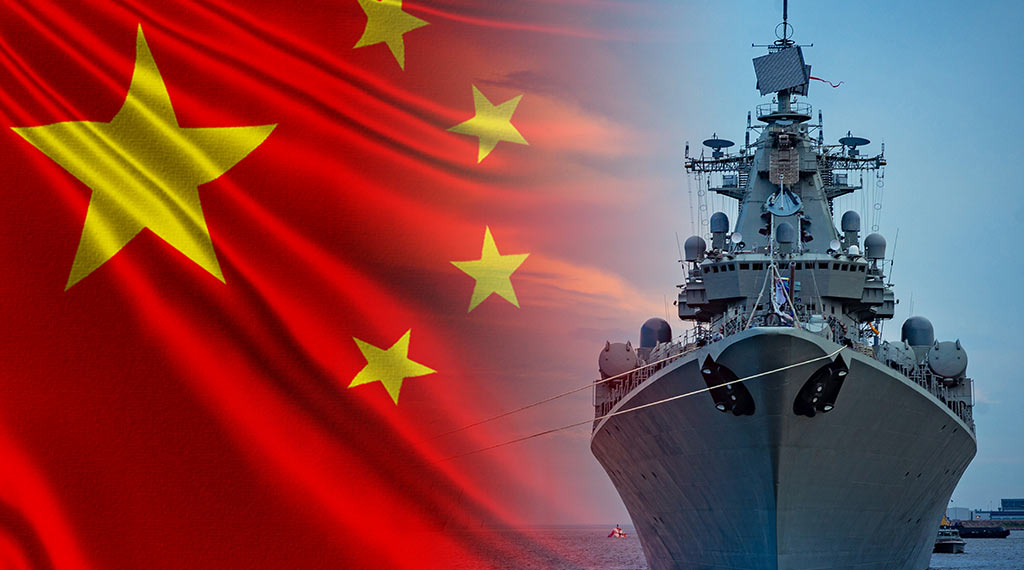
The period from December 2022 to the present date has seen unprecedented Chinese Communist Party (CCP) challenges to the sovereignty of Taiwan. This should be called the Fourth Taiwan Straits Crisis, keeping with the naming convention of two different crisis periods of the 1950s and one during the 1990s.
This period of tension is far more concerning. In the previous crisis, China didn’t have long-range hypersonic missiles that could target moving surface vessels such as American aircraft carriers. Nor did the Chinese regime face the largest mass protests ever across China as in the “Blank Sheet Rebellion,” causing immense concern that simultaneous civil unrest could cause instability within China.
The 2023 National Defense Authorization Act (NDAA) signed by President Joe Biden on Dec. 23, 2022, was replete with support for Taiwan. The most important element of the NDAA was the “Taiwan Enhanced Resilience Act” (TERA), a World War II-style Lend-Lease program that America provided to Great Britain to ensure a growing flow of weapons, munitions, food, and other supplies.
There were numerous other Taiwan-related parts of the NDAA in addition to TERA. Chinese state television claimed these legal authorities were turning Taiwan into a “military outpost.” The CCP reactions translated into aggressive air and naval challenges from December 2022 to April 2023, including a naval feint towards Guam, concurrent carrier operations in the South China Sea, almost daily air surges challenging the Taiwan Air Defense Identification Zone (ADIZ), amphibious landing demonstrations, the Chinese spy balloon drama over the Continental United States (preceded by Chinese spy balloons over the new American base camps in the Philippines), and also a Chinese carrier operating to the east of Taiwan demonstrating a complete encirclement of Taiwan.
China Is Pivoting to New Tactics
Military surges of aircraft, ships, and other equipment require maintenance and logistics. This is an art form the United States has perfected. American military mastery of maintenance and logistics sets them apart from all other militaries in history. China has studied this closely—but so far has not perfected it.
There are noticeable and almost predictable “down” times as Chinese Air and Naval forces “reset” their equipment and perform maintenance. Interestingly, as American, Philippine, and Australian forces (along with Japanese observers) implemented Balikatan 2023, the Chinese forces began implementing a new tactic and capability. As their Air and Naval forces reset, the CCP introduced long-range, high-endurance drones around the perimeter of Taiwan.
These drone patrols have been traveling the eastern coast of Taiwan. This could be helpful for reconnaissance of the fallback airfields, ports, bases, and bunker complexes in the high hills and coasts of the eastern shore of Taiwan. These high-endurance drones are clones of Western models such as the well-known American Reaper, and the Israeli Heron drones. These Chinese drones can very likely be armed, which sends a message that not only are they conducting reconnaissance, but they also potentially have a “sting” to attack these eastern Taiwanese facilities or strike ocean vessels and aircraft approaching Taiwan from the east.
- Taiwan mobilizes 400,000 to bolster civil defense - November 1, 2024
- A way forward on Taiwan? - September 28, 2024
- US should speed up bolstering its Arctic strategy to counter China’s ambitions - September 16, 2024
